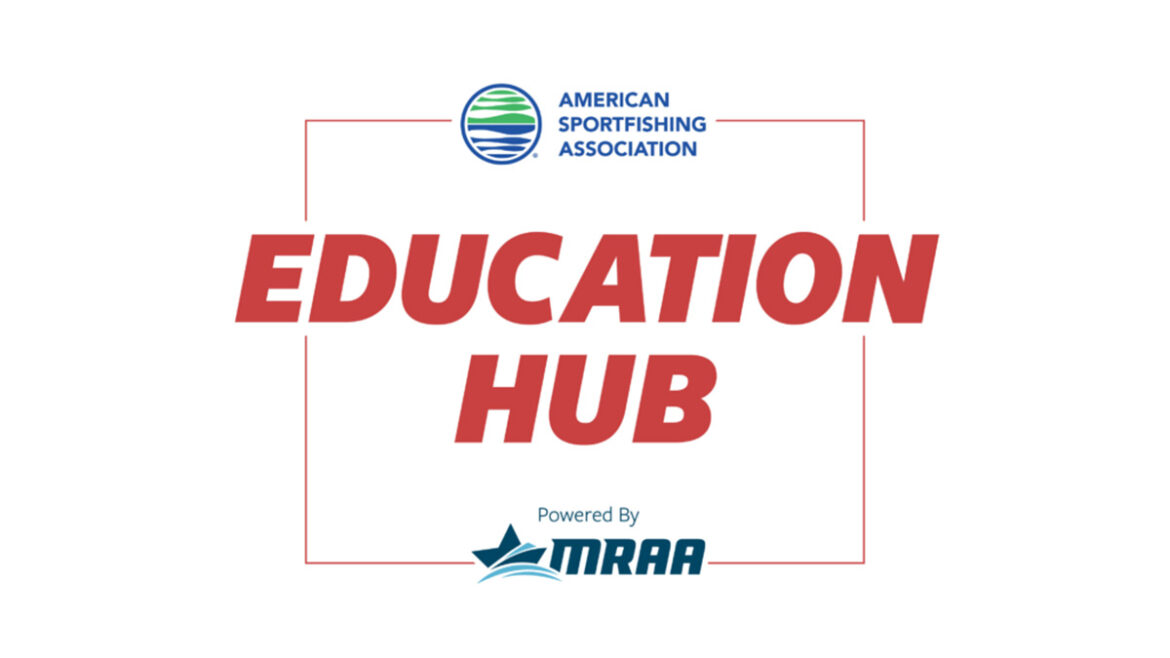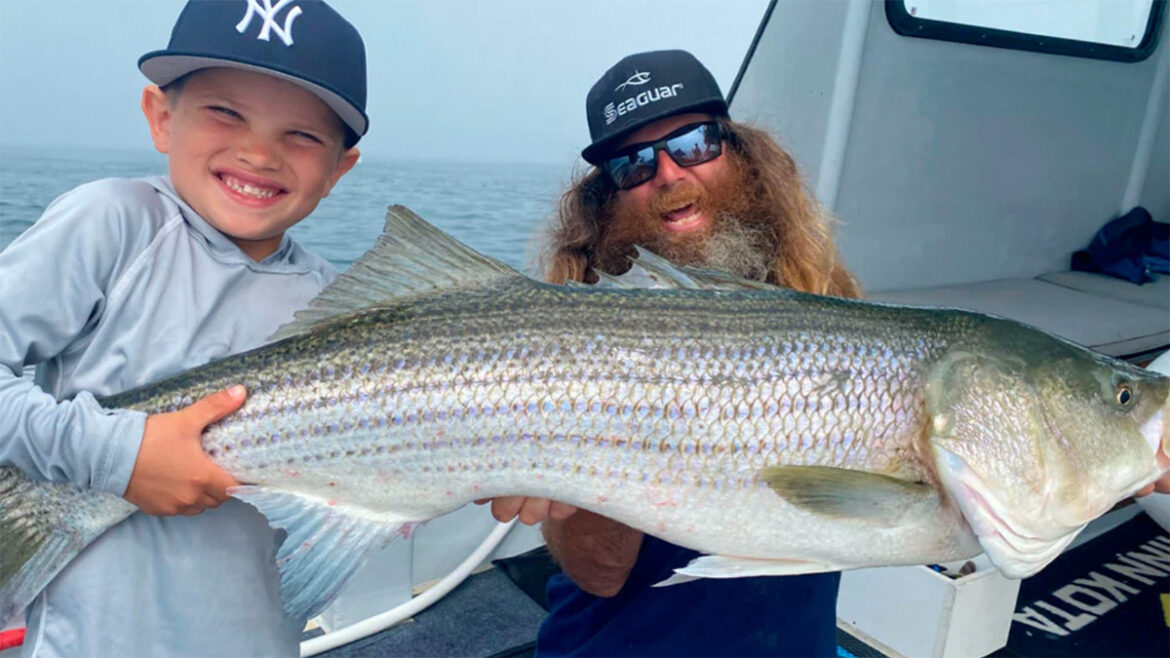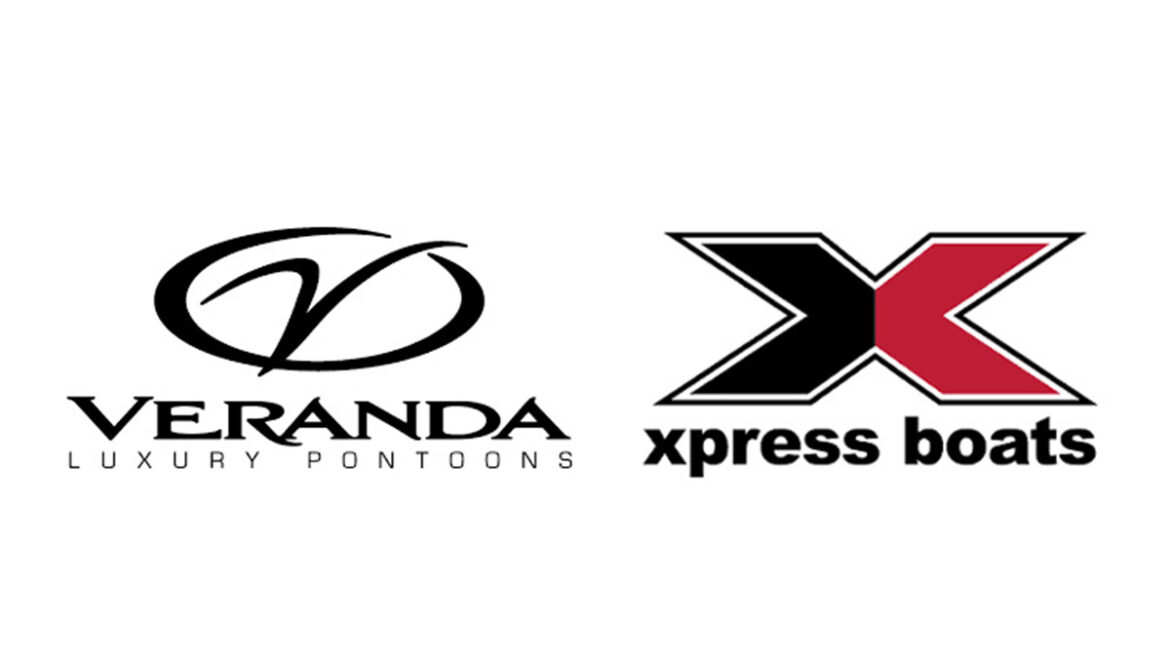State fish and wildlife agencies in Idaho and South Carolina were awarded Outstanding Sport Fish Restoration Program Projects of the Year by the American Fisheries Society’s Fisheries Administration Section. The winning projects were announced at the AFS annual meeting held in Grand Rapids, Michigan.
“The Sport Fish Restoration Program is an essential part of efforts to ensure quality recreational fishing opportunities for anglers,” said Gary Whelan, president of the Fisheries Administration Section. “These states were recognized for projects that reflect the intent of the SFR program such as improving the management of key sportfish species, increasing the survival of sportfishes stocked, insuring angler access to fishing areas, and continuing to promote angling to the current and next generation of anglers.”
The 2023 Outstanding Projects are:
Sport Fishery Development and Management Category
Idaho Fish & Game — management of Bonneville cutthroat trout in Bear Lake, Idaho
Bonneville cutthroat trout are native to the ancient Bonneville Basin and occur in portions of Idaho, Nevada, Utah, and Wyoming. One the most important populations of BCT occurs within Bear Lake, covering more than 70,000 acres and spanning the Utah and Idaho borders. Habitat loss and fragmentation associated with agriculture, grazing, and hydropower development, combined with overfishing and introductions of non-native salmonids, drove BCT near extinction. In early the 2000s, a coalition of local stakeholders and landowners and fishery managers decided it was time to bring back wild BCT to Bear Lake and a local working group was established to develop a restoration plan for BCT, which included irrigation company representatives, local politicians, private landowners, and government agency biologists.
Extensive coordinated conservation efforts between federal, state, tribal, non-profits, and private companies and landowners have significantly improved BCT population in Bear Lake. More than 30 fish screens on 10 different streams are now in place on irrigation diversions, while 3,800 acres has been protected in conservation easements. Removal of non-native rainbow trout and brook trout from Fish Haven Creek has improved productivity of BCT. Redd surveys completed in Fish Haven Creek after the barrier removal project show that hundreds of adfluvial BCT are now spawning in this tributary, and more juvenile migrants are reaching Bear Lake. As a result of these actions and harvest management in the lake, wild-origin BCT in Bear Lake have become increasingly abundant and now make up the majority of that species in the lake. Subsequently, the Idaho Fish and Game Commission adopted new fishing regulations in 2022, allowing anglers to harvest both hatchery- and wild-origin BCT for the first time in 24 years.
Learn more about the project here.
Fisheries Research and Surveys Category
Idaho Fish & Game — statewide evaluation and fishery implementation of “magnum” hatchery catchable rainbow trout
Catchable sized hatchery trout are an important component of many fisheries management programs in coldwater habitats because they provide instantaneous fisheries once they are stocked. Idaho was interested in investigating whether stocking larger catchables might be beneficial for Idaho anglers. However, because IDFG hatcheries are essentially rearing fish at full capacity at each facility, growing catchables to a larger size in fixed-space rearing units naturally would result in fewer individuals to be stocked, which could reduce overall catch by recreational anglers.
Optimizing the number and size of catchables caught by anglers required a cost-benefit analysis to weigh the expected increase in catch for larger fish against the reduction in fish production required to maintain equivalent feeding costs for larger fish compared to standard-sized catchables. They evaluated angler catch of two target sizes of catchable rainbow trout: standard size (254 mm) and “magnum” size (305 mm). These fish were stocked into numerous systems of variable sizes. Additionally, feed expenditures associated with growing catchables at production scale were compared. Although magnum catchables cost 31 percent more in feed expenditures than those reared to a smaller average size, catch (by anglers) of larger fish increased by 100 percent relative to smaller fish. Consequently, if target stocking size was changed from 254 to 305 mm and feed costs were held constant by reducing the total number of fish stocked, anglers would benefit by catching larger and more fish, despite the reduction in number of fish stocked. In fact, despite the increase in rearing costs associated with growing catchables to a larger size, it cost $0.54 less on average for every magnum caught by an angler than for every standard caught. This result-based outcome summarizes the effective programmatic benefit of producing and stocking larger catchables across a variety of systems.
Learn more about the project here and here.
Angler Recruitment, Retention, and Reactivation (R3) and/or Aquatic Education Category
South Carolina Department of Natural Resources — South Carolina Marine Game Fish Tagging Program
The South Carolina Marine Game Fish Tagging Program is the longest running volunteer tagging program in the Southeast and partners with recreational anglers in all of South Carolina’s coastal counties to deploy external fish tags in marine game fish. Since 1974, the program has supplemented fishery dependent and independent data collection at the state and federal level, allowing for more informed management decisions in South Carolina and beyond. Program recaptures provide data on movement and migratory patterns, length frequency characterization for released fish, habitat utilization, and exploitation rates. Beyond data collection, the MGFTP is an essential angler outreach tool that promotes the benefits of proper fish handling and catch-and-release fishing. This holistic approach that includes scientific data collection alongside angler education addresses multiple goals of the Sport Fish Restoration Program.
Learn more about the project here.
For additional information on the Outstanding Sportfish Restoration Program awards, contact Lynn Quattro of the Fisheries Administration Section at quattrol@dnr.sc.gov.







